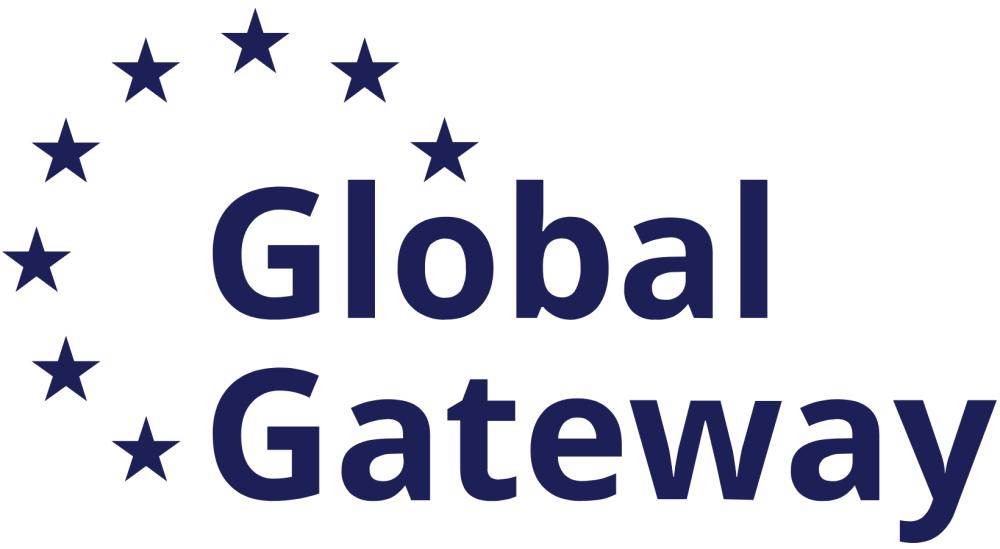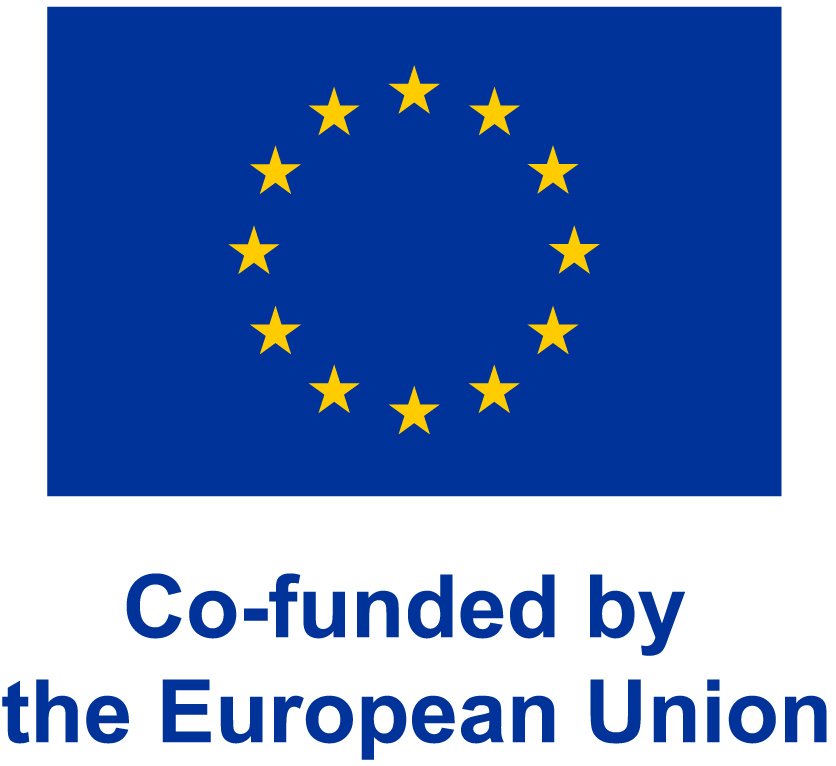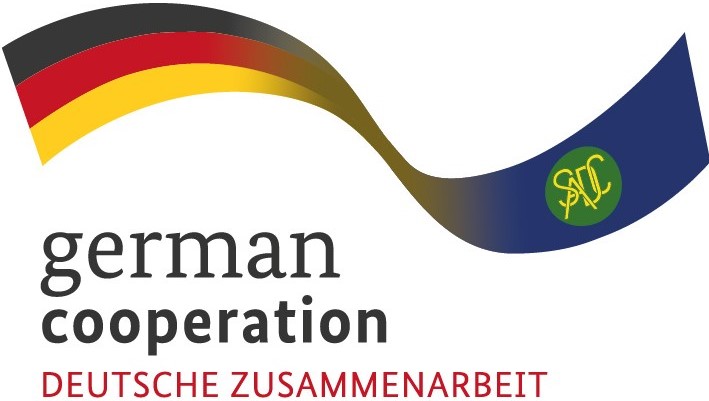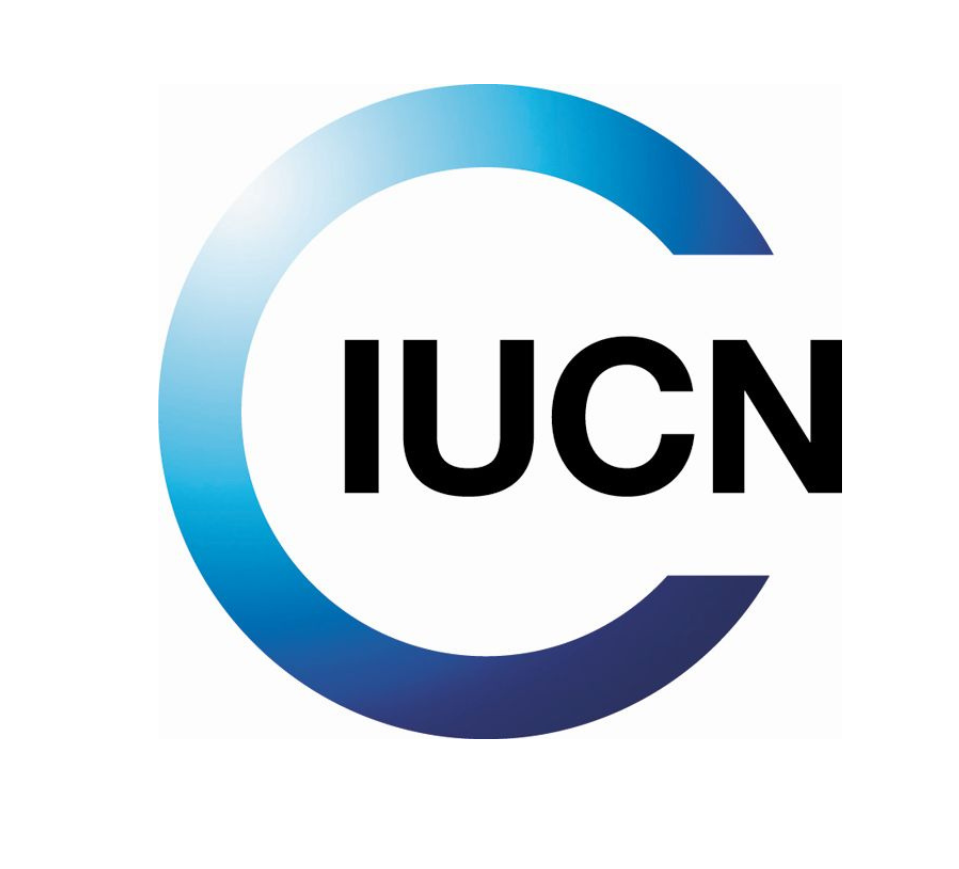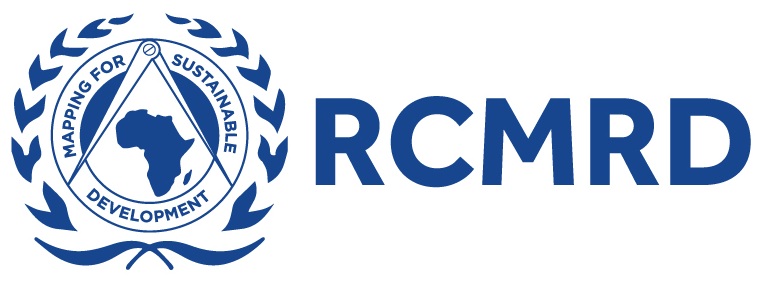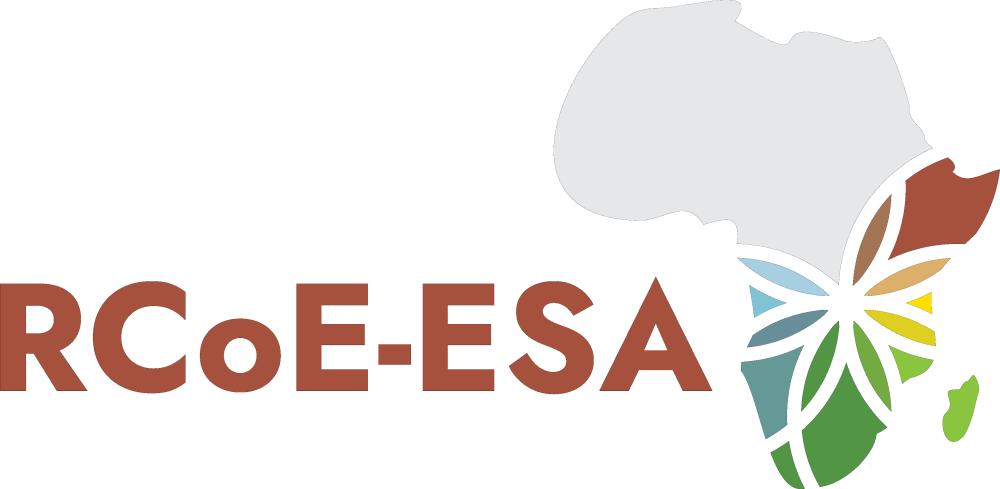 Translate
Translate
Resources
Monitoring Livelihoods in Transfrontier Conservation Areas - the KAZA Experience
| Author: | Christo Fabricius and KAZA ARISE project team |
| Language: | English |
| Topic: | Community development |
| Type: | Tools |
| Last updated: | 20 February 2025 |
Continuous monitoring and evaluation are important for checking and reporting if a project or program is successful.
Even more importantly, monitoring helps resource users and their supporters improve how we manage projects over time. It is a key part of learning when managing natural resources in a balanced and effective way.
The various KAZA Working Group members understand this and support the focus on regular monitoring and evaluation to help make decisions based on clear evidence.
Monitoring of livelihoods looks at changes in 4 main areas:
1. Livelihood assets – the resources people have (like facilities and
tools, natural resources, skills, money, or relationships).
2. Governance systems – how decisions are made and who makes
them.
3. Livelihood strategies – the ways people earn a living.
4. Capabilities – the abilities communities have gained to improve
their lives.
The community-based livelihoods monitoring toolkit for KAZA has been created to help people track and improve their way of living over time. It is designed to use the same methods everywhere so that information can be compared between different places and across different years. This makes it easier to see patterns and understand changes happening in the community.
The toolkit helps gather reliable information that can be used to make smart decisions. By collecting good data, communities and leaders can adjust their plans based on real evidence rather than guesswork. This also helps when they need to report their progress to others.
A key goal of this toolkit is to give communities a bigger role in shaping how monitoring happens. Instead of outsiders deciding everything, local people can help design the process, ensuring it makes sense for their needs and priorities.



